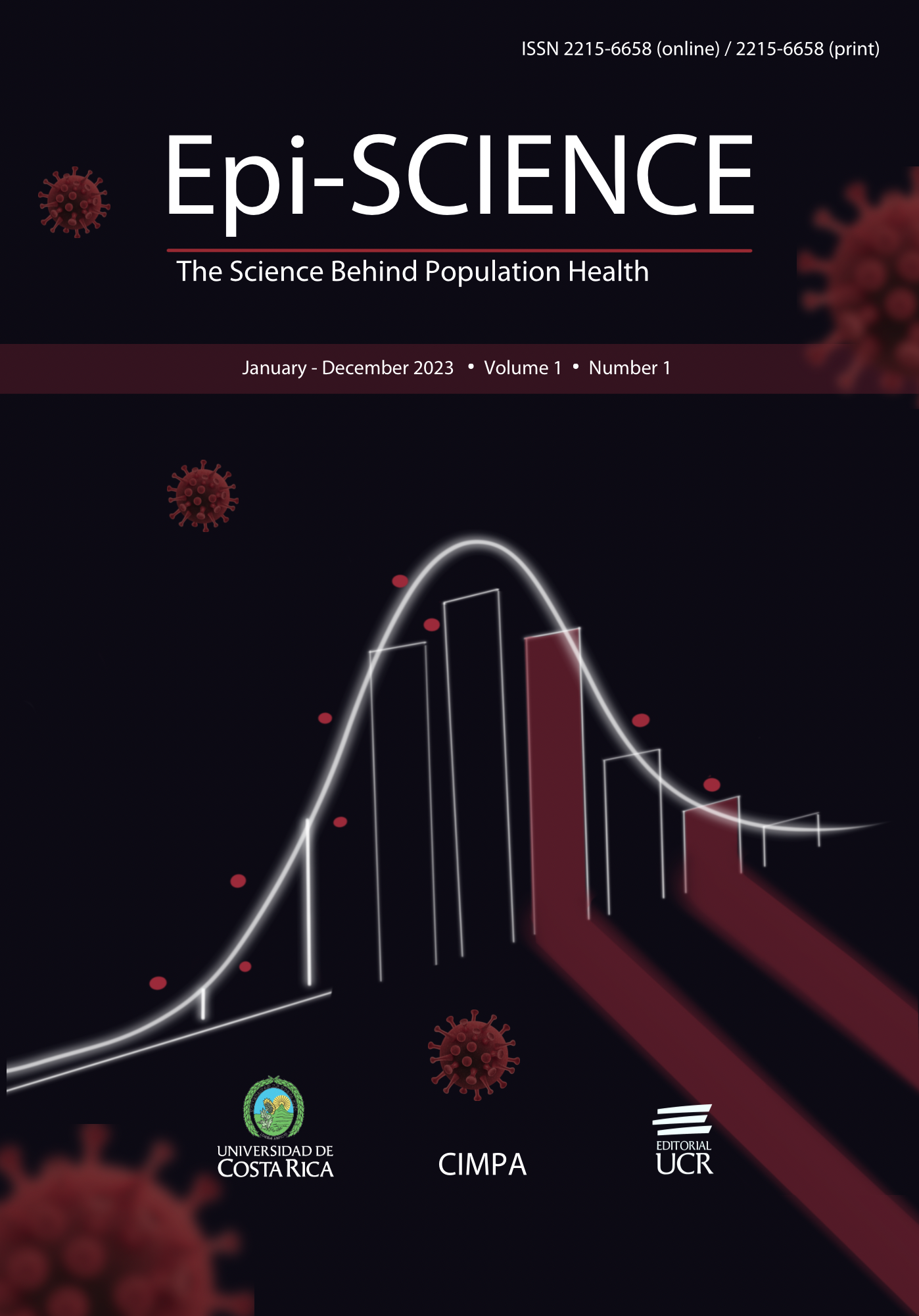Consequences of Traceable Mobility in Populations Exhibiting Strong Allee Effect
DOI:
https://doi.org/10.15517/es.2023.55393Abstract
In this research, we study the impacts of the traceable mobility in a two-patch environment when the population in each patch exhibits strong Allee effects. Traveling individuals are traced across patches by budgeting the average time spent in each patch while keeping their place of residency. Particularly, we focus on the impact that the effective population (residents and visitors) produces on regional dynamics.
Our results show that low mobility across regions produces simple dynamics, where orbits converge to single or double extinction, or to a coexistence steady state. We derive mobility conditions under which an endangered population may benefit of the presence of a visitant one and avoid extinction -- the rescue effect. Nonetheless, increments in the visiting population would also lead the resident population to extinction -- the induced extinction effect.

